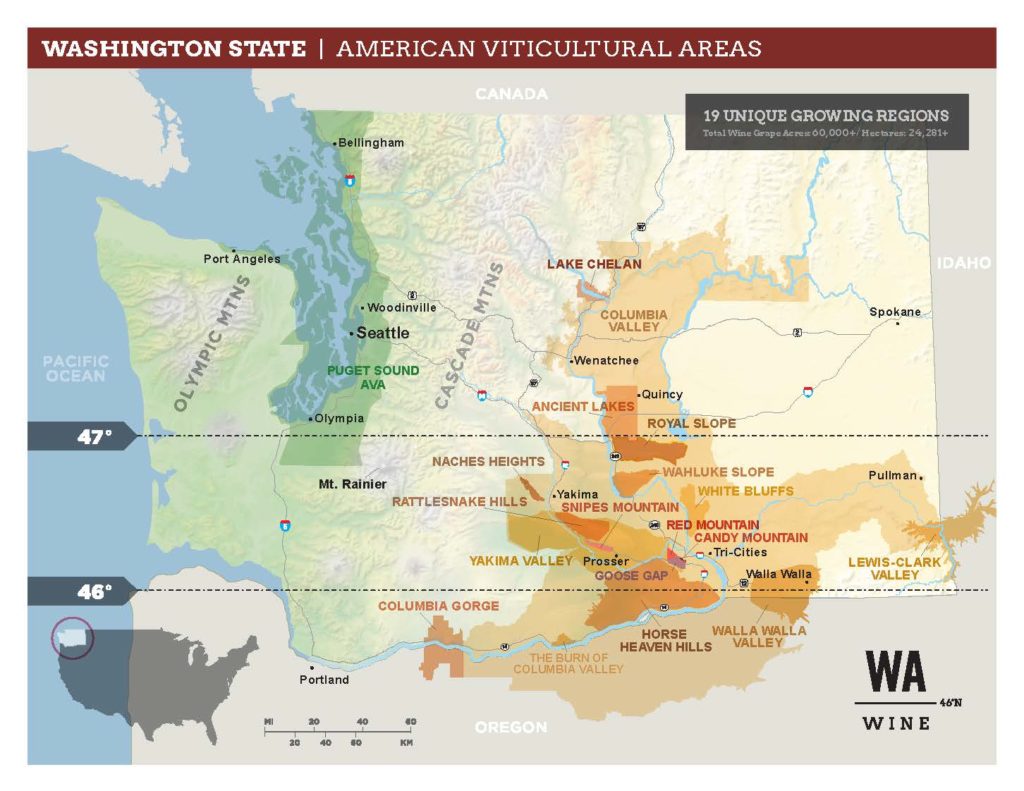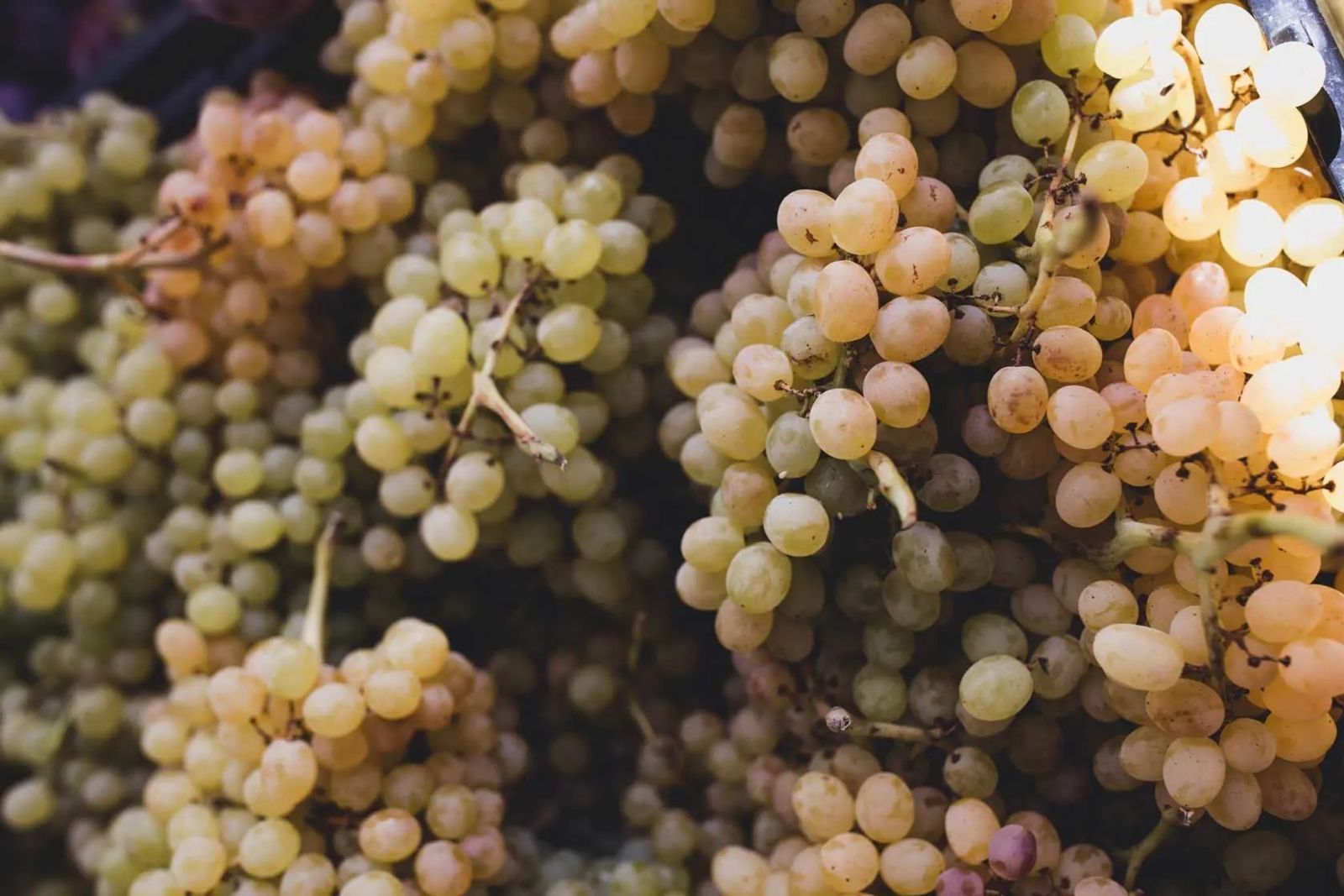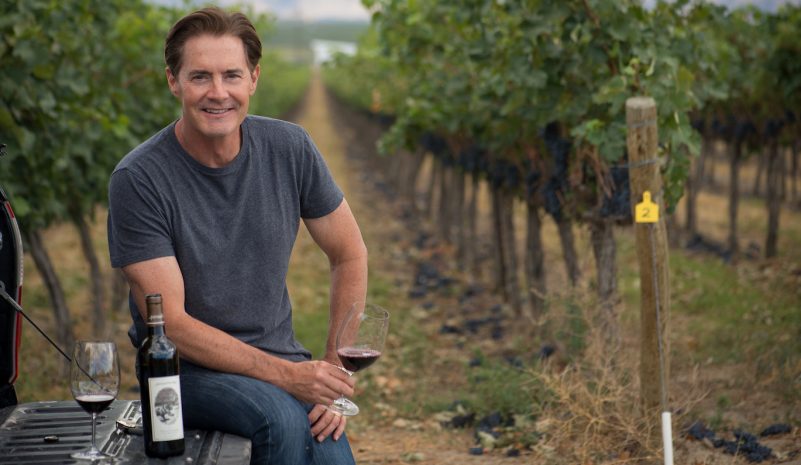Columbia Valley (Washington)
In Brief
COLUMBIA VALLEY WINE IS SO… AWESOME
- One of the United States’ largest official wine regions with 16,000ha under vine representing 99% of Washington wine country output
- First planted in the 1860s and approved as an AVA In 1987.
- Key grapes: Cabernet Sauvignon, Chardonnay, Merlot, Syrah, Riesling
- Style: big, ripe flavours coming from grapes grown in semi-arid desert conditions, sheltered from the coast by the Cascade Mountains
Geography and climate
Pity the uninitiated summertime visitor to San Francisco who has packed light and gone for the beach look, omitting to include long sleeves: even in August, daytime temperatures only average 20C, falling to a parky 13C at night. It’s all down to that cool Pacific fog, the dominant climatic feature that defines viticulture up and down the coast: the closer to the coast, the stronger the influence and the cooler the grape variety (Sonoma Coast, Russian River Valley: Chardonnay, Pinot Noir); move inland, that coastal influence dissipates and grape varieties that require more warmth come to the fore (Alexander Valley, Napa Valley, Paso Robles, Lodi: Cabernet Sauvignon, Syrah, Zinfandel).
That coastal influence continues into the state of Oregon further north: the centre of winemaking here is the Willamette Valley where a warm climate tempered by the coastal influence provides perfect conditions for the production of Burgundy style Pinot Noir and Chardonnay.
Continuing further north into Washington State and it’s a very different story. Almost all of Washington’s wine grapes are grown in the east of the state. Here we are entirely cut off from coastal influence by the Cascade Mountains and find instead semi-arid desert conditions, with hot summer days, up to 17 hours of sunlight a day during the summer and one of the strongest diurnal effects in any of the world’s wine regions, which helps to slow down ripening and preserve electrifying acidity. Despite having up to 2 additional hours of sunshine per day, Columbia Valley only has 1,700 degree days*, putting it on a par with Bordeaux (they share a similar latitude) and considerably less than the likes of Napa Valley (2,000 DD).
The Cascade Mountains also act as a rain shadow: annual rainfall on the coast averages 356cm, falling to just 15-20cm in wine country. This compares with 58cm in Bordeaux and 44 in Napa Valley and means that irrigation from the local river is essential. The river is important in other ways too: the air movement it creates helps to moderate the climate in the cool winter and early spring months.
All of these factors contribute to ensuring fully ripe grapes bursting with phenolics (a fancy name for flavour compounds) that also retain freshness and with relatively soft tannins.
Soil
Anyone – man or beast – unlucky enough to be living in the Columbia Valley area one day 15,000 years ago would have experienced a truly cataclysmic event: a Noah’s Ark scale flood with a 100m high tsunami travelling at 100km per hour unleashed by the bursting of the 400-metre-high ice dam holding back the waters of the Missoula glacial lake.
The flood waters eventually receded, leaving in their wake thick deposits of silt, sand and gravel known as the Missoula Flood deposits. These sit atop a thick layer of volcanic basalt bedrock. The resulting soil is deep, poor in nutrients and well-drained, which makes it perfect for growing grapes as it forces the vine’s roots to grow down deep in search of nutrients and water. (Left to its own devices and planted in rich, fertile soils, the vine will concentrate all its energies into producing leaves and wood at the expense of fruit quality; this is why poor soils – the of the Waste Land – are a common quality factor in all the major world wine regions as they force the vine to struggle. This, together with pruning and careful yield management concentrate the vine’s energies into fruit production.)
Wine is one of the most civilized things in the world and one of the most natural things of the world that has been brought to the greatest perfection, and it offers a greater range for enjoyment and appreciation than, possibly, any other purely sensory thing.
Ernest Hemingway Tweet
Key AVAs
AVA means American Viticultural Area and is the USA’s equivalent of the PDO classification system in Europe albeit that the AVA rules are much less strict. They mainly define labelling requirements such that if you label a wine as for example Yakima Valley Cabernet Sauvignon 2020, a certain minimum % of the wine has to actually be from the Yakima Valley, be made from Cabernet Sauvignon and come from grapes grown in the stated vintage. In traditional areas such as Bordeaux, by contrast, there are rules governing everything from which grapes are allowed to be planted, to the number of vines to be planted per hectare to what the winemaker is allowed to wear at the time of harvest.
Columbia Valley AVA and its sub AVAs comprise some 99% of Washington State wine production. The main grape varieties planted here are Cabernet Sauvignon, Chardonnay, Merlot, Riesling and Syrah. Columbia Valley encompasses a number of sub AVAs, each with its own microclimate, key grape variety focus and idiosyncrasies: Yakima Valley (Bordeaux Blends), Walla Walla Valley, Red Mountain, Columbia Gorge, Horse Heaven Hills (after an early pioneer declared the rolling, grass-covered ridge of hills a ‘horse’s heaven’), Wahluke Slope, Rattlesnake Hills, Lake Chelan, Snipes Mountain, Nanches Heights, Ancient Lakes of Columbia Valley, Lewis-Clark Valley, Royal Slope, Candy Mountain (Washington’s smallest appellation), The Burn of Columbia Valley, White Bluffs, and Goose Gap.

Grape Varieties
Just 4 grapes account for over 70% of total plantings:
- Cabernet Sauvignon and Bordeaux blends 34%
- Riesling 15%
- Merlot 11%
- Chardonnay 11%

Styles
White: expect fresh wines exhibiting apple and stone fruit flavours with moderate acidity
Rose: at the dry end of the spectrum, fresh and fruity with red fruit and herby flavours
Red: medium to full bodied fruity wines with flavours of red and black fruit, medium tannins.
The region’s best wines are made from Cabernet Sauvignon and Bordeaux blends. Syrah is showing increasing potential.
10 Key Producers and Wines
Hors Categorie Syrah, Walla Walla Valley
In 2011, Hors Catégorie was the first vineyard planted on the steep slope along the North Fork of the Walla Walla River. Hidden in the foothills of the Blue Mountains, Hors Catégorie Vineyard is located where the North Fork converges with the Walla Walla River. The Syrah vines cling to the hillside beneath ragged cliffs and surrounded by rocky outcroppings. Their roots struggle for nourishment in the fractured basalt. Expect to pay over $400 for the juice of this fractured basalt.
Quilceda Creek
Quilceda Creek produces a range of premium age worthy Cabernet Sauvignon wines from its vineyards in the Columbia Valley. The winery has won numerous accolades and is generally regarded as one of the best in the state.
Cayuse Vineyards
Cayuse is a domain located in the Stones of the Walla Walla Valley. The fruit for the wines is grown entirely using biodynamic farming methods. Cayuse creates at least a dozen critically-lauded wines each year under evocative names such as Bionic Frog Syrah Camaspelo, Flying Pig, God Only Knows Grenache, Impulsivo Tempranillo, The Lovers, Widowmaker Cabernet-Sauvignon. Anyone wanting to get their hands on the wines is in for a disappointment: they are only available through its mailing list for which there is a long waiting list.
Horsepower Vineyards, Walla Walla
Wines for horse whisperers. Horsepower Vineyards is under the same ownership as Cayuse but its wines are easier to come by. As at Cayuse, farming methods are biodynamic but here six horses with their teamsters cultivate tightly spaced, 19th century-style vineyards that only they can navigate, using specialized farming equipment created by a blacksmith in Burgundy. The domain produces a range of Syrah and Grenache. Top of the range is the Sur Echalas Vineyard Syrah from a highly densely planted vineyard.
Charles Smith
Eve Chardonnay – Kung Fu Girl Riesling – The Velvet Devil Merlot – Band of Roses – Boom Boom Syrah – Chateau Smith Cabernet Sauvignon: with their iconoclastic pop art style labels and snappy names, you’d be forgiven for thinking that Charles Smith’s wines are more about the brand than the wine inside the bottle.
Charles Smith managed rock bands in Europe for 11 years before moving to Walla Walla and launching his foray into winemaking on a shoestring.
Yet although his wines do indeed radiate the excitement of his rock & roll roots, they are grounded in serious quality and represent excellent value for money, garnering hundreds of 90+ point scores from the preeminent U.S. wine publications: Wine Advocate, Wine Spectator, and Wine Enthusiast.
Leonetti Cellar
Leonetti Cellar was founded more than 35 years ago. They produce small quantities of mainly Bordeaux blend wines with great complexity and ageing potential.
No Girls La Paciencia Vineyard
Another collaboration with Cayuse Vineyards, this celebration of female empowerment is crafted by Elizabeth Bourcier, assistant winemaker for Cayuse Vineyards. The grapes come from the La Paciencia vineyard in the Walla Wall AVA.
Woodward Canyon
Woodward Canyon was the second winery to be established in the Walla Walla AVA in 1981, after Leonetti. Painstaking attention to detail in the vineyards and each step of the winemaking process, together with a philosophy of quality over quantity, result in handcrafted wines that bespeak the terroir.
DeLille Cellars ‘Grand Ciel’ Cabernet Sauvignon, Red Mountain, USA
If it’s good enough for Robert Parker, it’s good enough for most – and the great wine critic has even dubbed this winery the “Lafite Rothschild of Washington State.”
DeLille Cellars is dedicated to handcrafting elegant wines in the Bordeaux style, using only the very finest hand sorted grape clusters to make their wine. All the wines are aged in new French oak and are bottled unfiltered. DeLille set the record for the highest price paid for a bottle of Washington State wine at auction ($16,000 in 1997).
Pursued by Bear
One of the most famous stage directions in history ‘Exit, pursued by a bear’ from Act III of Shakespeare’s The Winter’s Tale, sees Antigonus meet a particularly savage death. Actor Kyle Maclachlan (Twin Peaks, Blue Velvet, The Doors, and many other films) is a native of Washington State’s Columbia Valley winegrowing region. His interest in wine began in the mid-1980’s after moving to Los Angeles to pursue his acting career. He set out to create Cabernet Sauvignon and Syrah that expressed the local terroir. It wasn’t long before a chance meeting with leading Walla Walla winemaker Eric Dunham led to a simple handshake that launched Pursued by Bear in 2005. As far as we aware, Kyle Maclachlan has yet to be pursued by one himself.

*Degree Days is a wine region temperature measurement system developed by the University of Davis, California. The system is based on the premise that grapes do not ripen below 10C; during the course of the growing season the excess of the daily average temperature over 10C is measured in degree days, and these are summed up over the course of the growing cycle. Vineyards are then classified according to the aggregate degree days. Thus for example France’s Champagne region with 1,000 DD is rated region 1a.
Key Facts
Climate: dry continental with 1,700 degree days, long daylight hours, 150-200mm of annual rainfall due to the rain shadow effect of the Cascade Mountains
Viticultural hazards: winter freeze
Soil: volcanic basalt bedrock overlaid silt, sand and gravel
Key grapes: Cabernet Sauvignon, Chardonnay, Merlot, Riesling, Syrah
Style: big, ripe flavours with low-medium tannins
Key sub AVAs: Yakima Valley, Walla Walla Valley, Horse Heaven Hills